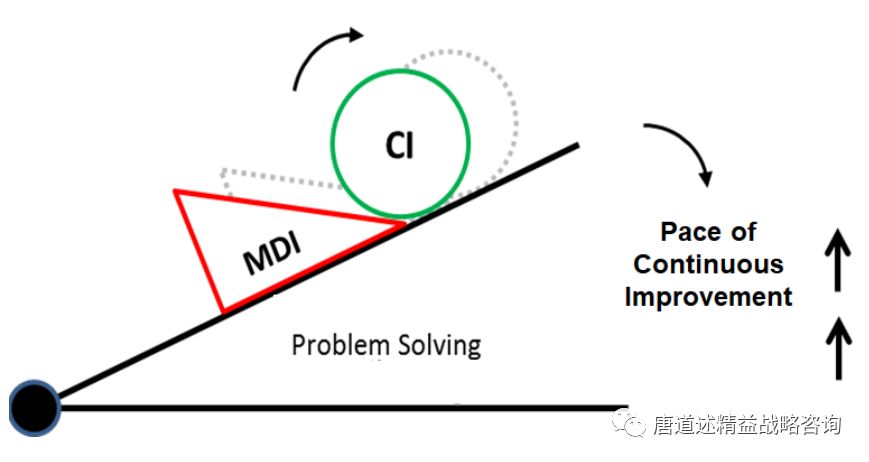Comprehensive Guide: How to Remove MIP from FHA Loan and Save on Mortgage Insurance Costs
#### How to Remove MIP from FHA LoanRemoving Mortgage Insurance Premium (MIP) from your FHA loan can significantly reduce your monthly mortgage payments and……
#### How to Remove MIP from FHA Loan
Removing Mortgage Insurance Premium (MIP) from your FHA loan can significantly reduce your monthly mortgage payments and save you money in the long run. In this article, we will explore the steps you need to take to remove MIP from your FHA loan, the eligibility criteria, and the benefits of doing so.
#### Understanding MIP
MIP is a type of insurance that protects lenders in case the borrower defaults on the loan. For FHA loans, MIP is required for all borrowers, regardless of their down payment amount. This insurance can be a financial burden, as it is added to your monthly mortgage payment.
#### When Can You Remove MIP from FHA Loan?
To remove MIP, you need to meet specific criteria. Here are the key points to consider:
1. **Loan Term**: If your FHA loan was originated after June 3, 2013, you will have to pay MIP for the life of the loan if your down payment was less than 10%. If your down payment was 10% or more, you can remove MIP after 11 years.
2. **Refinancing**: One of the most common methods to remove MIP is through refinancing. If you have built up enough equity in your home, you can refinance into a conventional loan that does not require mortgage insurance.

3. **Loan-to-Value Ratio (LTV)**: If your LTV ratio is 78% or lower, you may be eligible to request the removal of MIP through your lender. This typically requires a formal request and may involve an appraisal.
#### Steps to Remove MIP from FHA Loan
Here’s a step-by-step guide on how to remove MIP from your FHA loan:
1. **Check Your Eligibility**: Review your loan documents to understand the terms regarding MIP. Determine if your loan qualifies for MIP removal based on the criteria mentioned above.
2. **Build Equity**: If your LTV ratio is above 78%, consider ways to increase your home equity. This can be achieved by making extra payments on your principal or waiting for your home’s value to increase.
3. **Contact Your Lender**: Reach out to your lender to discuss your options. They can provide information on the specific process for removing MIP and whether you need an appraisal.

4. **Consider Refinancing**: If you’re not eligible to remove MIP through your current FHA loan, consider refinancing into a conventional loan. This may involve some closing costs, but it can eliminate MIP entirely.
5. **Submit Required Documentation**: If your lender requires an appraisal or other documentation, be prepared to provide this information promptly to avoid delays in the process.
#### Benefits of Removing MIP
Removing MIP from your FHA loan can lead to substantial savings. Here are some benefits:
- **Lower Monthly Payments**: Without MIP, your monthly mortgage payment will decrease, allowing you to allocate funds to other financial goals.
- **Increased Home Equity**: As you pay down your mortgage without the added cost of MIP, you’ll build equity in your home more quickly.

- **Financial Freedom**: Reducing your monthly expenses can provide more financial flexibility, making it easier to manage other bills or save for future investments.
#### Conclusion
In summary, understanding how to remove MIP from your FHA loan can lead to significant savings and financial benefits. Whether through meeting eligibility requirements, refinancing, or negotiating with your lender, taking action to remove MIP can improve your overall financial situation. If you are considering this option, start by reviewing your loan details and discussing your options with your lender today.